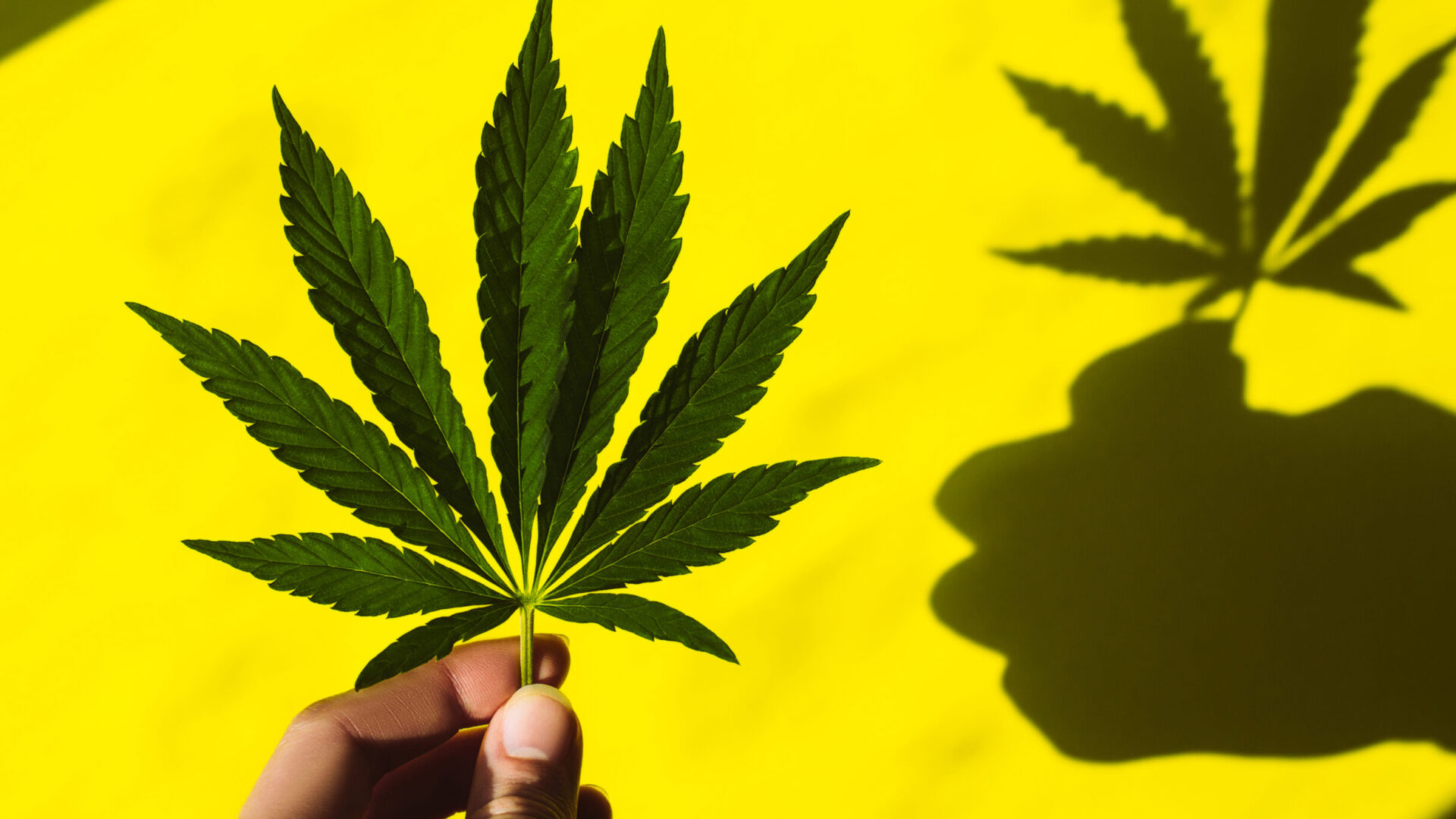
Over the last decade, 18 states, plus Washington D.C. and Guam, have legalized marijuana for recreational use Mainstream attitudes towards the substance are changing, although marijuana remains illegal at the federal level.
It is also one of the rare substances that has led its consumers to form a community around their habit. April 20th, also popularly referred to as 420, is an example of marijuana being a cultural phenomenon beyond the initial substance. You’ve most likely seen 420 branded on t-shirts, or maybe noticed it in social media hashtags – or you may even have been acquainted with the term while watching Jeopardy.
There’s a specific reason why 420 is associated with weed though.
In 1971, five students at San Rafael High School in California started growing tired of Friday night football games. Steve Capper, Dave Reddix, Jeffrey Noel, Larry Schwartz and Mark Gravitch started going on outdoor adventures, which they called “safaris”. There were two rules: go explore somewhere new and be stoned while doing it.
The “Waldos” (who called themselves that as they always sat against the same wall at school) explored places all across the Bay Area, reports the LA Times. One day, they met at 4:20 to try and find an abandoned patch of weed. They smoked Panama Red and Acapulco Gold, popular marijuana strains at the time. The time of the meeting eventually stuck and 420 became a secret code for whenever the Waldos wanted to smoke. Having a secret code was necessary at the time. Smoking marijuana was considered entirely illegal.
“People are quick to forget this because of the environment now,” Capper told the LA Times. “Marijuana was certainly illegal. The consequences were very real. Smoking it, transporting it, selling it, buying it, it was all secretive and a lot of energy went into it. You could go to jail for 10 years for a joint. It was just ridiculous.”
420 started being popularized through the Waldos’ connections with the Grateful Dead. Reddix was hired on one of the band’s tours and the term started being used among band members, he told the LA Times. In 1991, an editor at the High Times was attending a Grateful Dead concert when he saw a flier that read: “Meet us to celebrate 420 on April 20th on the top of Mount Tamalpais on Bolinas Ridge.” The editor decided to go out and see what it was.
The High Times was the first publication to document the meaning of 420 and reference it in their articles.
420 celebrations started off in Marin County before catching on around the country and the rest of the world. These celebrations “were kind of the ground zero of getting weed legalized. It was the beginning of [marijuana] activism and fighting back,” Capper told the LA Times. “The media started reporting on these gatherings and suddenly, April 20th became kind a forum in the media for discussing drug suppression and marijuana legalization.” He adds: “In that respect, 420 certainly was a catalyst for legalization and reform.”